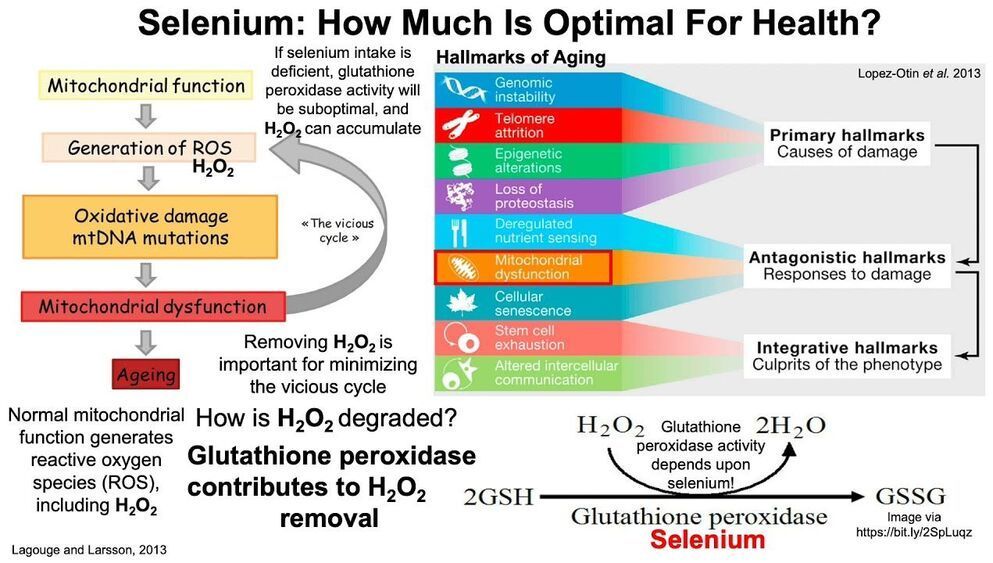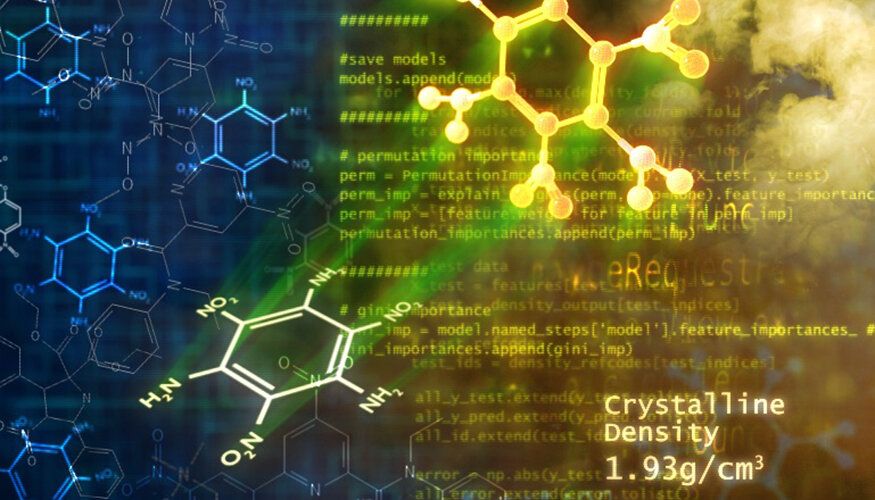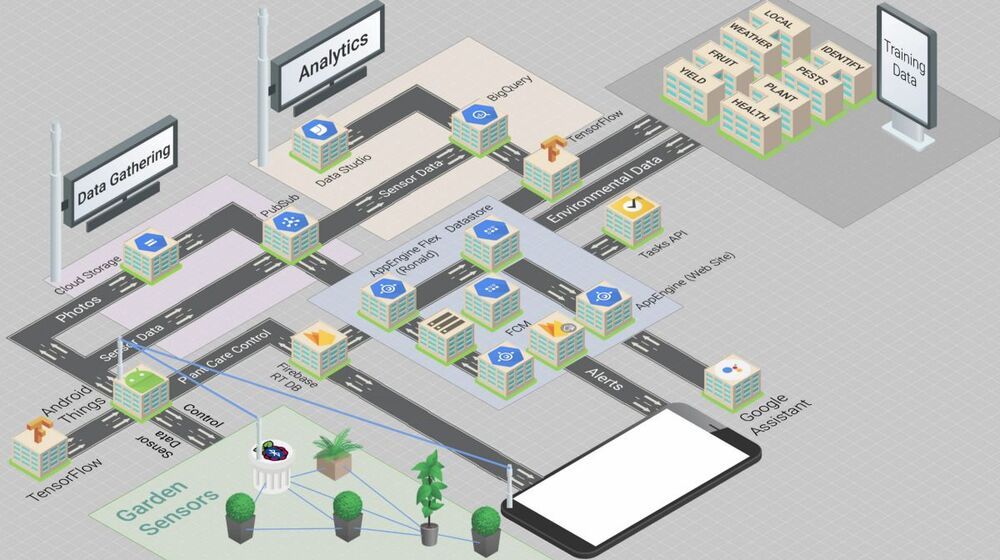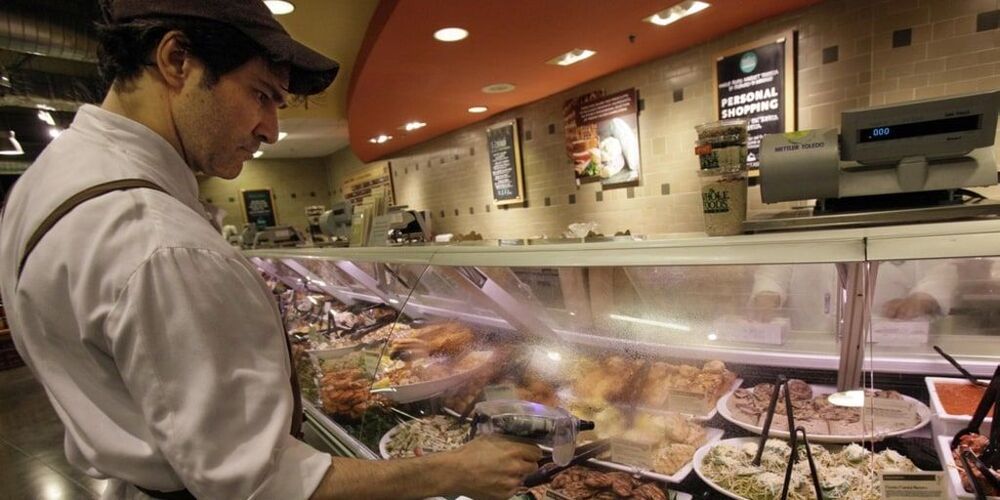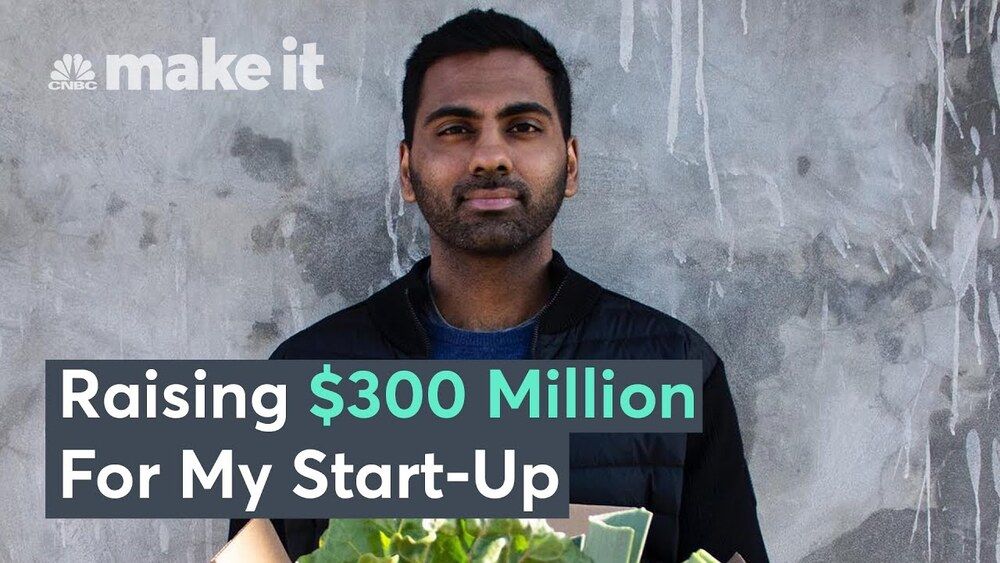Jun 16, 2021
Perpetual Life Virtual Party and Brian Clement Ph.D., L.N. of The Hippocrates Health Institute
Posted by Heather Blevins in categories: food, health
Thu, jun 17 at 3 PM PDT.
Join us early at 6:00 PM for a Perpetual Life Virtual Party. Then 7 PM presentation with Brian Clement Ph.D., L.N. of The Hippocrates Health Institute.
Brian Clements’s experience with food and lifestyle was like that of most. At the early age of 20, he began his journey to embrace a healthier way of life. Shedding exceptional weight and leaving behind, cigarettes and grass, he finally felt himself for the first time ever. Mature colleagues placed him under their wing and slowly led him down the road via conferences, lectures, and seminars held by some of the historic figures in the modern health movement.

